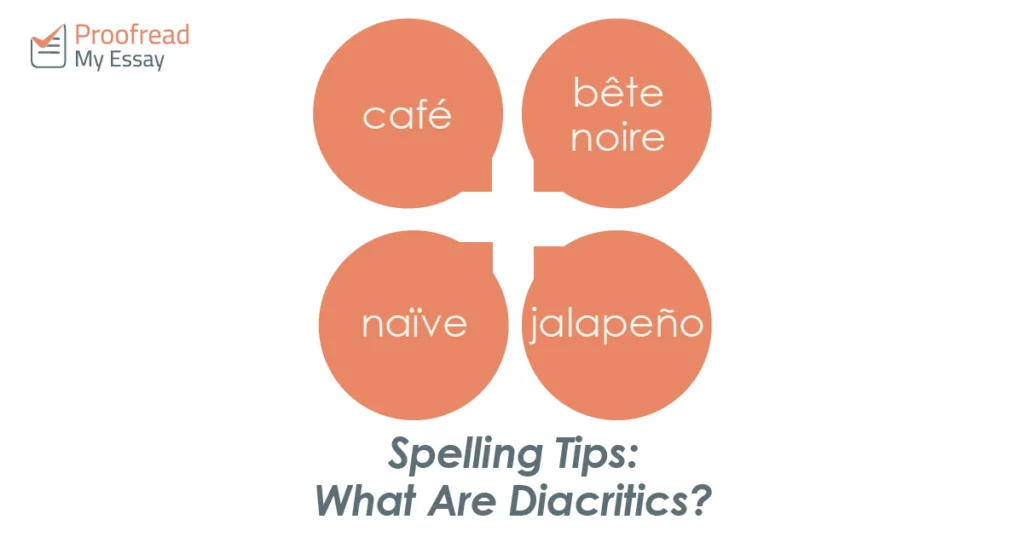If you’re a native English speaker, you might think we’re okay with only 26 letters. But why, then, do other languages have little marks over letters in certain words? What are they for?
These marks are diacritics, also informally called ‘accents’. And to dispel rumours that they’re part of a conspiracy against English speakers, we will now explain how to use them in your own writing.
What Are Diacritics?
Diacritics indicate how a word is pronounced. They are not common in English, but you will see them a lot in languages like French and Spanish. A few common diacritics include:
- Acute ( ´ ) and grave ( ` ) accents – These marks modify vowels or indicate stress in a word.
- Circumflex ( ˆ ) – This indicates that an ‘s’ has been omitted from a word.
- Cedilla ( ¸ ) – Sitting under the letter, this softens a ‘c’ to make an ‘s’ sound.
- Tilde ( ~ ) – This accent is placed over an ‘n’ to indicate pronunciation (this combination is actually a separate letter in Spanish).
- Umlaut/Diaeresis ( ¨ ) – If you speak German (or like heavy metal music), you’ll know the umlaut. In German, this mark changes the sound of vowels. In English, however, the same mark is known as a diaeresis and indicates that a vowel is pronounced as a separate syllable (like with the ‘ë’ in ‘Brontë’).
We won’t worry too much about how these marks change pronunciation here (this is a writing blog rather than a speaking blog, after all). The important thing is to know what to look for.
Diacritics in English
Generally, English does not use diacritics (we prefer you to guess pronunciations). But they are sometimes used with loanwords (i.e. words borrowed from another language). For example, we might write ‘jalapeño’ with the accent because this word comes from Spanish. However, even this is optional, so it is usually fine to write ‘jalapeno’ instead.

Some ‘native’ English words can also be written with diacritics, such as when ‘cooperation’ is written as ‘coöperation’ to indicate that the second ‘o’ is separate from the first. But this is very unusual.
How to Type Diacritics in Microsoft Word
With some words, Microsoft Word will automatically insert diacritics. With others, however, you will need to add them manually. The quickest way to do this is using keyboard shortcuts, so you may want to memorise a few of these if you use diacritics a lot.
Find this useful?
Subscribe to our newsletter and get writing tips from our editors straight to your inbox.
Otherwise, though, you can add accented letters via the main ribbon:
- Place the cursor where you want to add a letter
- Go to Insert > Symbols on the ribbon
- Open the ‘Symbol’ menu and click ‘More Symbols’
- Find the accented letter you need and click ‘Insert’
This will add an accented letter at the cursor position. The letter will also then appear in the ‘Recently used symbols’ section of the ‘Symbols’ menu, making it easier to find next time.
Do I Need to Use Them?
In English, diacritics are usually optional. As such, you can safely write ‘cafe’ instead of ‘café’ without fear of rebuke. The main exception is unusual loanwords, where they’re required for correct spelling.

(Photo: Elliott Brown/flickr)
For example, although the French term bête noire does crop up in English writing, it is not widely accepted as part of standard English. As such, it is typically written with the circumflex over the ‘e’. Words like this are almost always italicised in English writing, too.
In addition, some universities may have specific guidelines about using diacritics. As such, you should always check your style guide if you’re unsure about how a loanword should be written.



